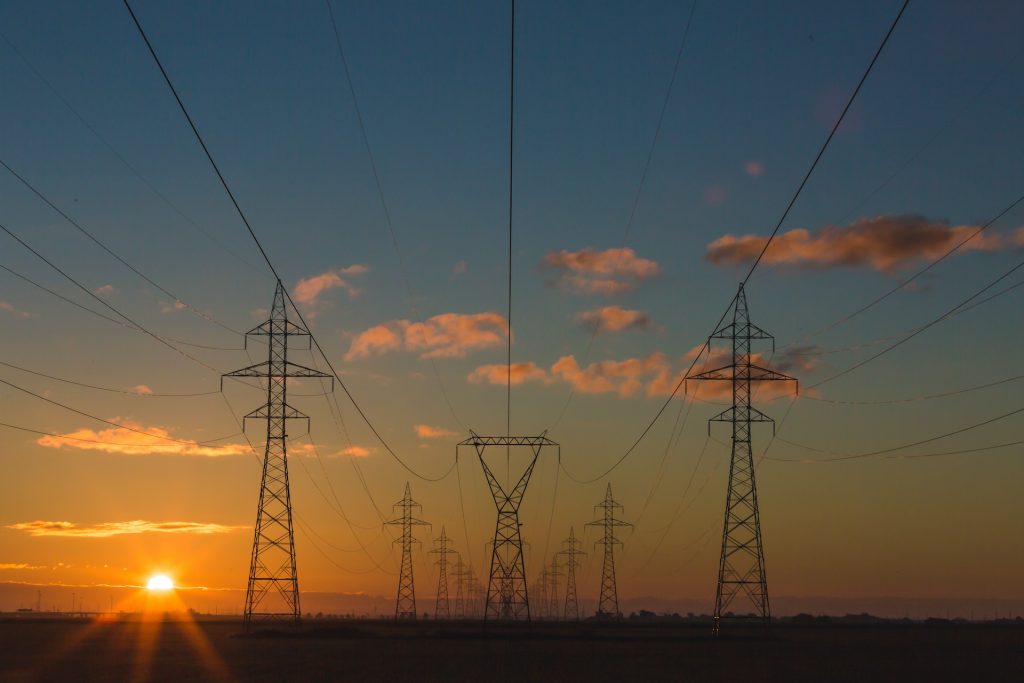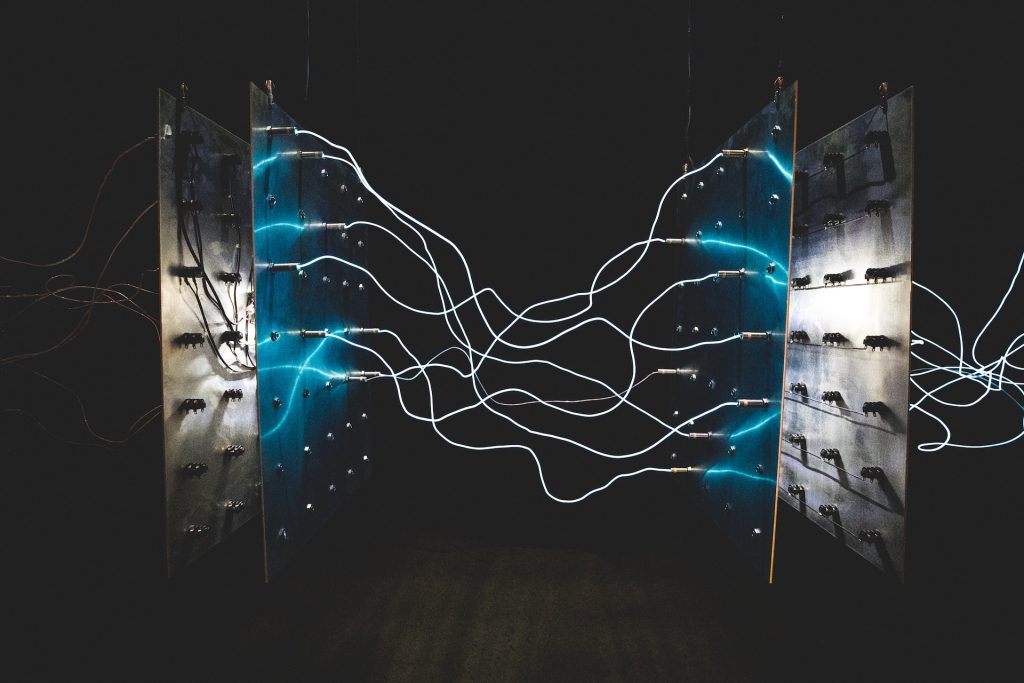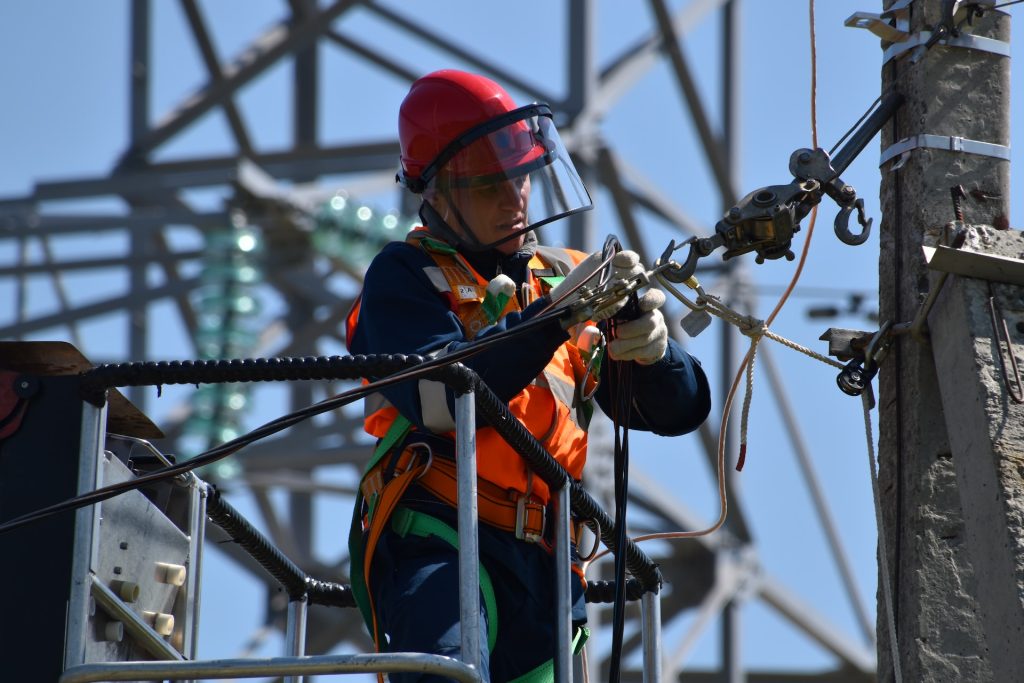Electricity, a force that powers our modern world, has a history as fascinating as its applications. From the ancient Greeks rubbing amber to the groundbreaking experiments of Benjamin Franklin and the genius of Thomas Edison, the story of electricity is a captivating journey through time.
In this blog post, we’ll delve into the birth of electricity, tracing its evolution from ancient curiosity to the life-changing invention that powers our homes and industries today. Get ready to be enlightened as we explore this electrifying history.

Ancient Beginnings – The Amber Connection
Electricity’s history dates back to 600 BC when Thales of Miletus, an ancient Greek philosopher, observed that amber, when rubbed with fur, attracted lightweight objects. This phenomenon, known as static electricity, was the first recorded encounter with the mysterious force. Thales’ discoveries laid the foundation for future electrical exploration.
Benjamin Franklin and Lightning
Fast forward to the 18th century when Benjamin Franklin, an American polymath, conducted groundbreaking experiments with electricity. In 1752, Franklin famously flew a kite during a thunderstorm, proving that lightning was a form of electricity. His invention of the lightning rod helped protect buildings from lightning strikes and laid the groundwork for our understanding of electrical conductors.

Alessandro Volta’s Pioneering Battery
In 1800, Italian scientist Alessandro Volta invented the first chemical battery, known as the voltaic pile. This stack of zinc and copper discs separated by cardboard soaked in saltwater produced a continuous flow of electrical current. Volta’s creation was the world’s first practical source of electricity, demonstrating that electricity could be generated and controlled.
Michael Faraday’s Electromagnetic Discoveries
The 19th century saw monumental discoveries by English scientist Michael Faraday. In 1831, he formulated Faraday’s laws of electromagnetic induction, showing how a changing magnetic field could induce an electric current. This groundbreaking work paved the way for the development of generators and transformers, key components of modern power generation.
Thomas Edison’s Light Bulb and Electrical Revolution
Perhaps the most iconic figure in the history of electricity, Thomas Edison, made history in 1879 by inventing the practical incandescent light bulb. Edison’s contributions extended beyond the light bulb; he created the first electrical distribution system, lighting up parts of New York City with electricity in 1882. His work heralded the age of electricity and transformed urban life.

The Battle of Currents – Edison vs. Tesla
The late 19th century witnessed a fierce competition between Thomas Edison, who championed direct current (DC), and Nikola Tesla, a Serbian-American inventor who promoted alternating current (AC). The “War of the Currents” culminated in the adoption of AC, thanks to its ability to transmit electricity over long distances efficiently. AC power became the backbone of electrical grids worldwide.
The Birth of Electrical Utilities
In 1882, the Pearl Street Power Station in New York City, designed by Edison, became the world’s first commercial electrical power plant. It supplied electricity to customers and marked the birth of electrical utilities. This pioneering achievement paved the way for the development of power stations and the widespread electrification of cities.

The journey of electricity, from Thales’ experiments with amber to the birth of electrical utilities, is a testament to human curiosity, ingenuity, and perseverance. Today, electricity powers our homes, industries, and technologies, shaping the modern world in ways our ancestors could only dream of.
As we enjoy the conveniences of electrical power, let’s not forget the extraordinary individuals and pivotal moments that illuminated our world and continue to electrify our future.





